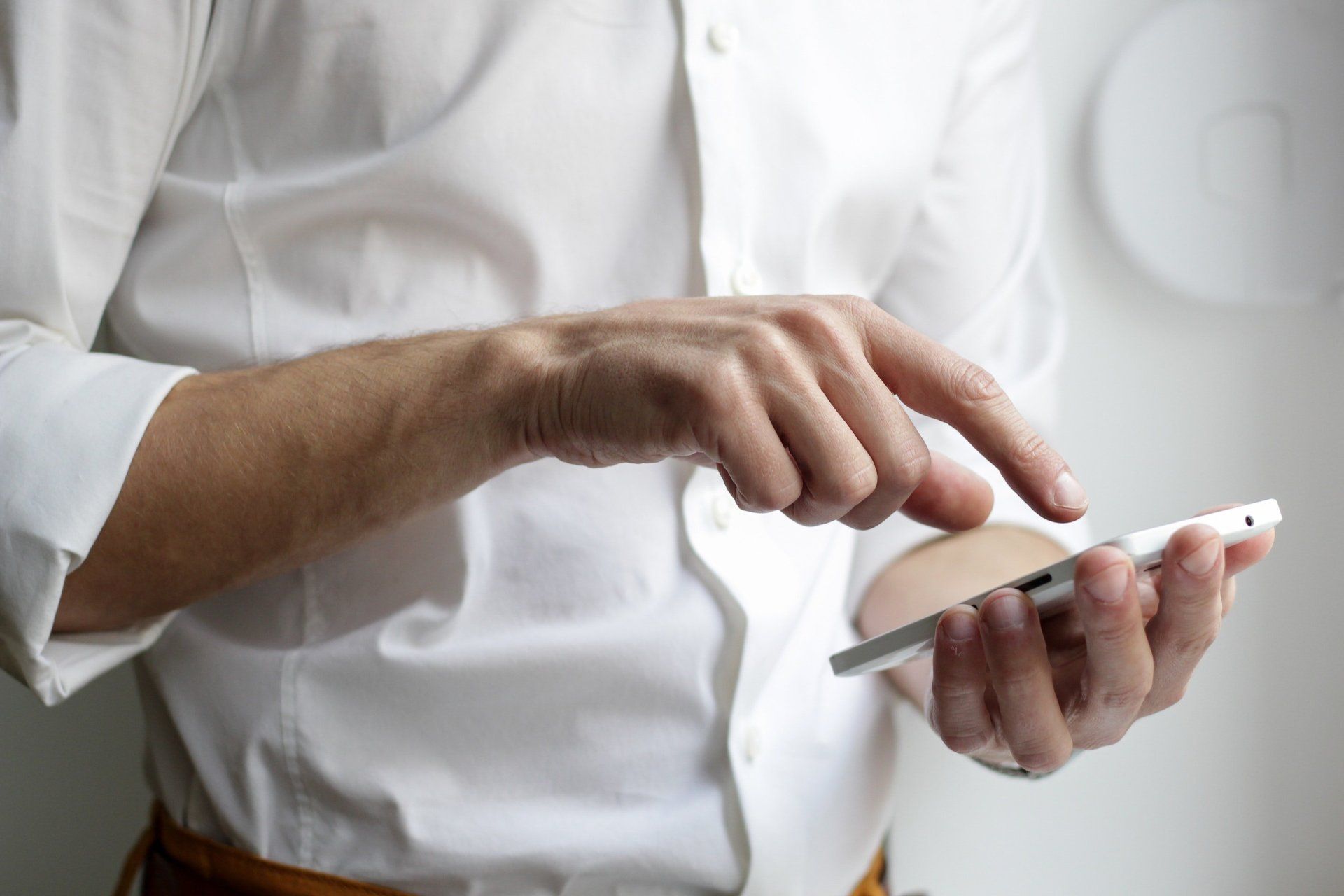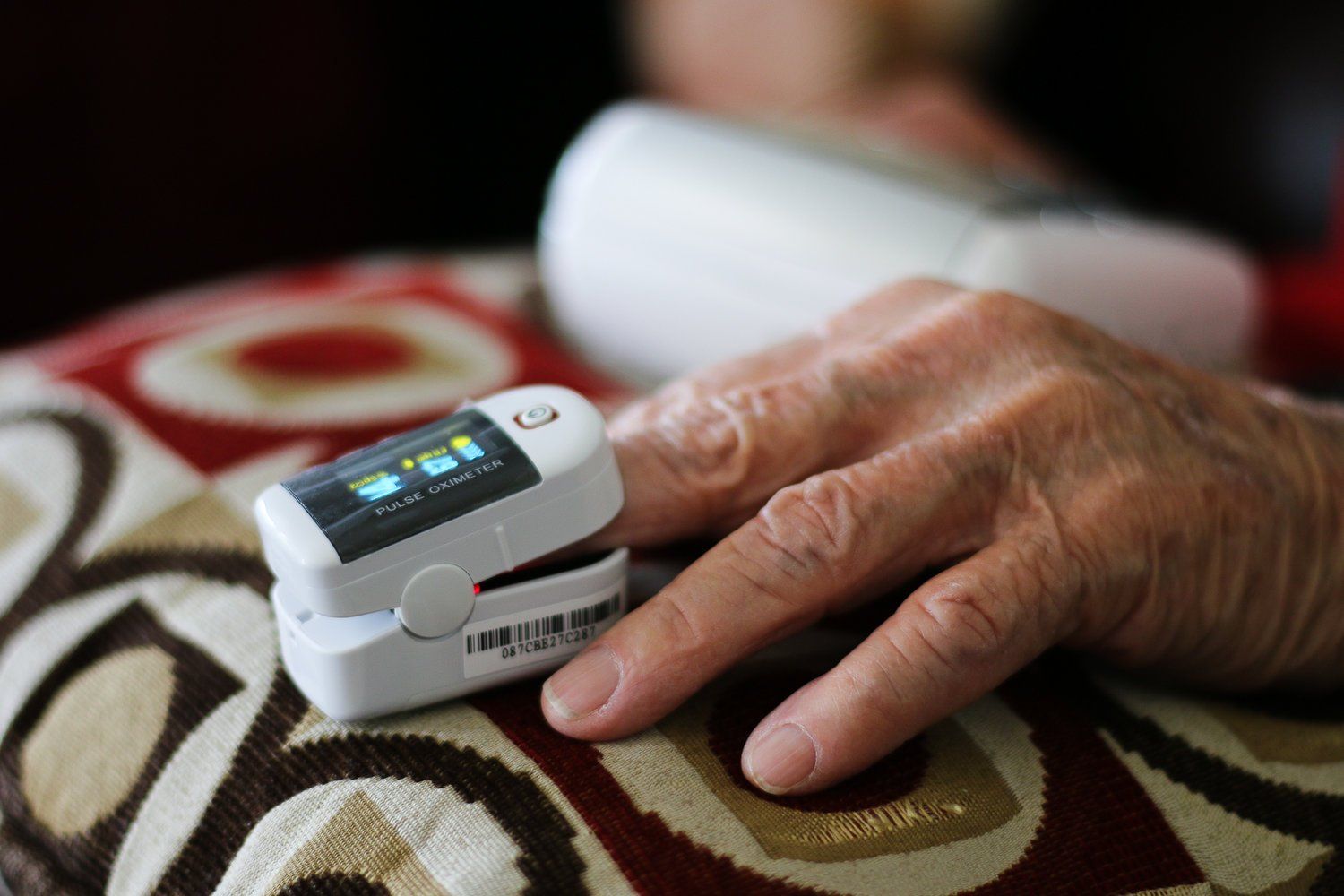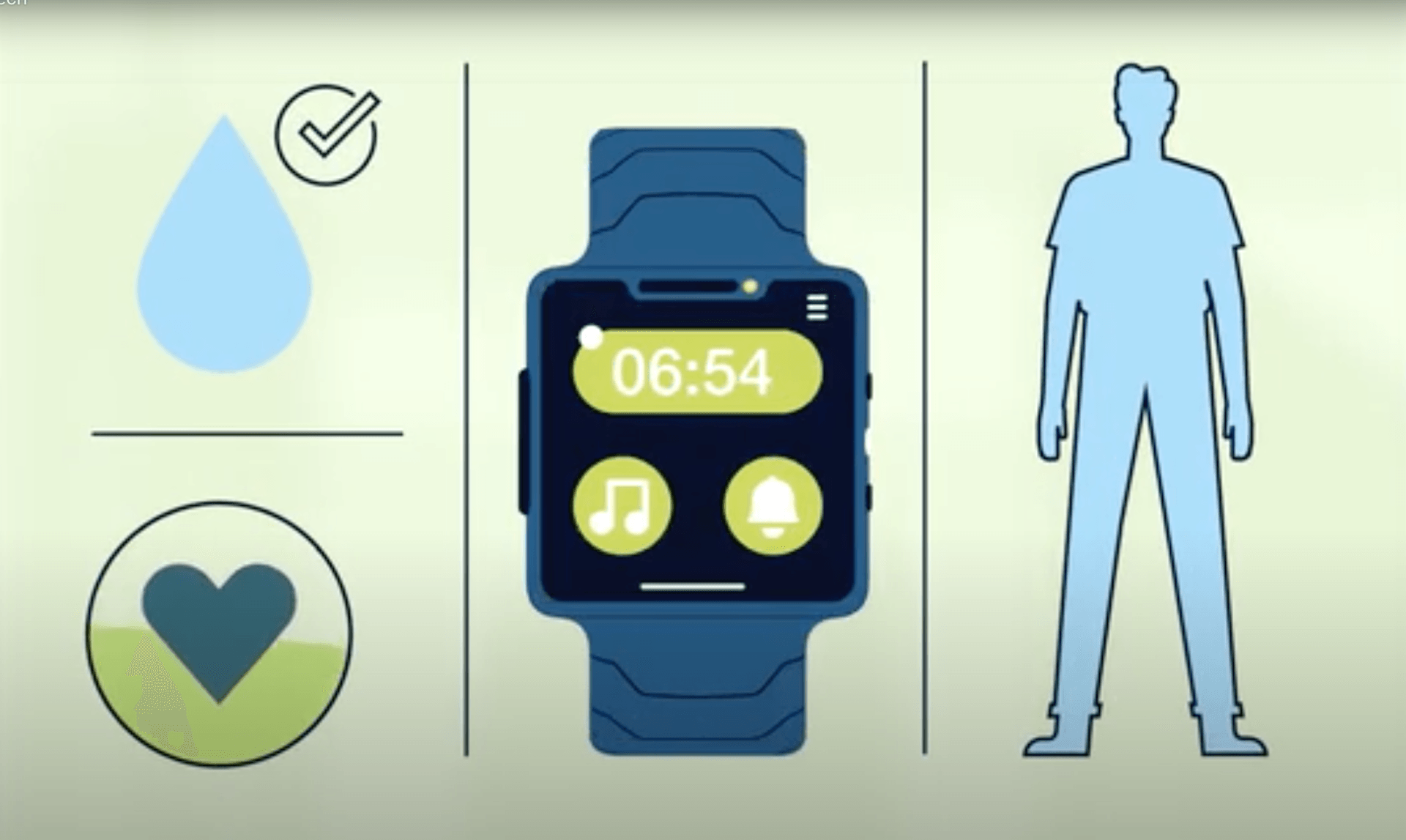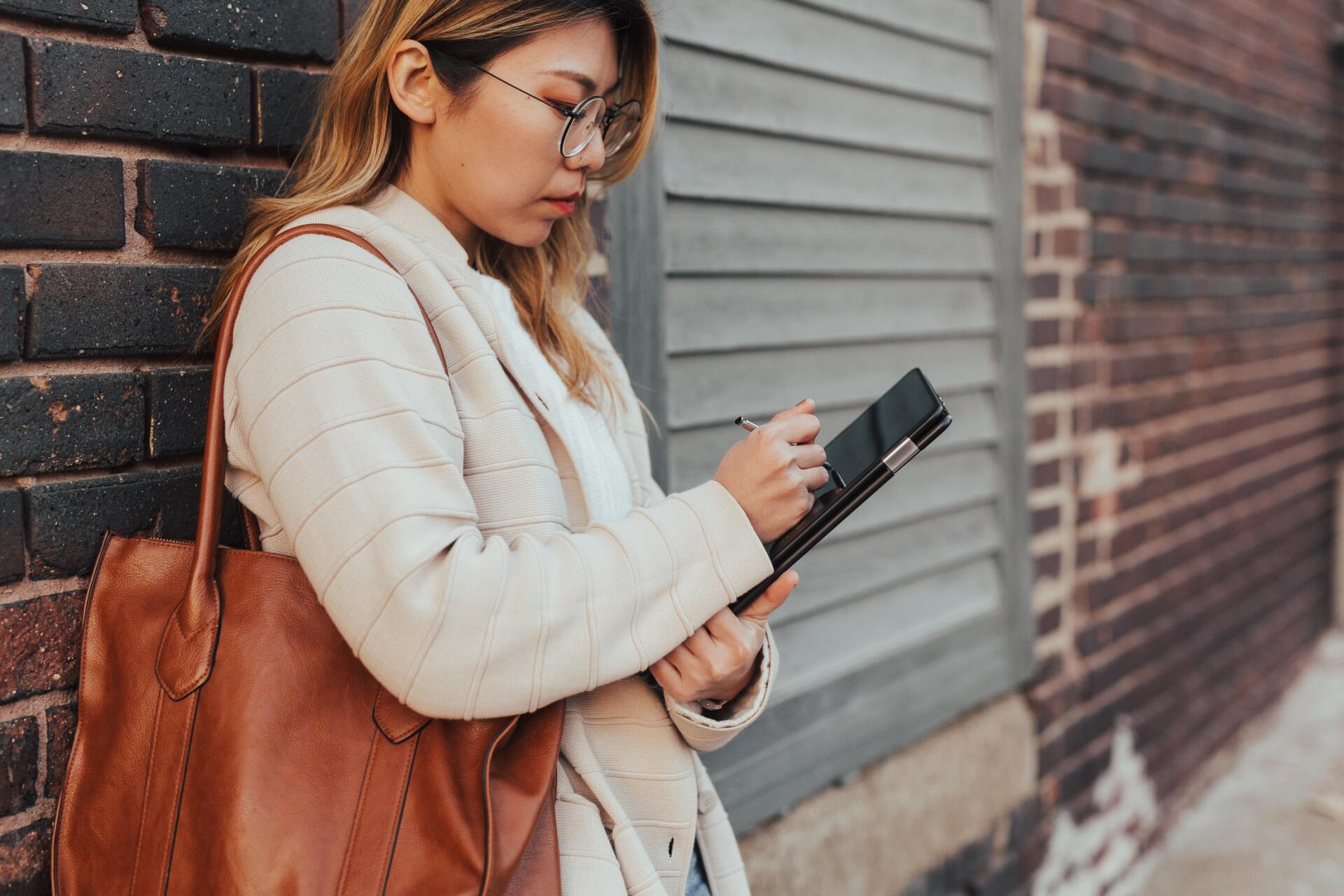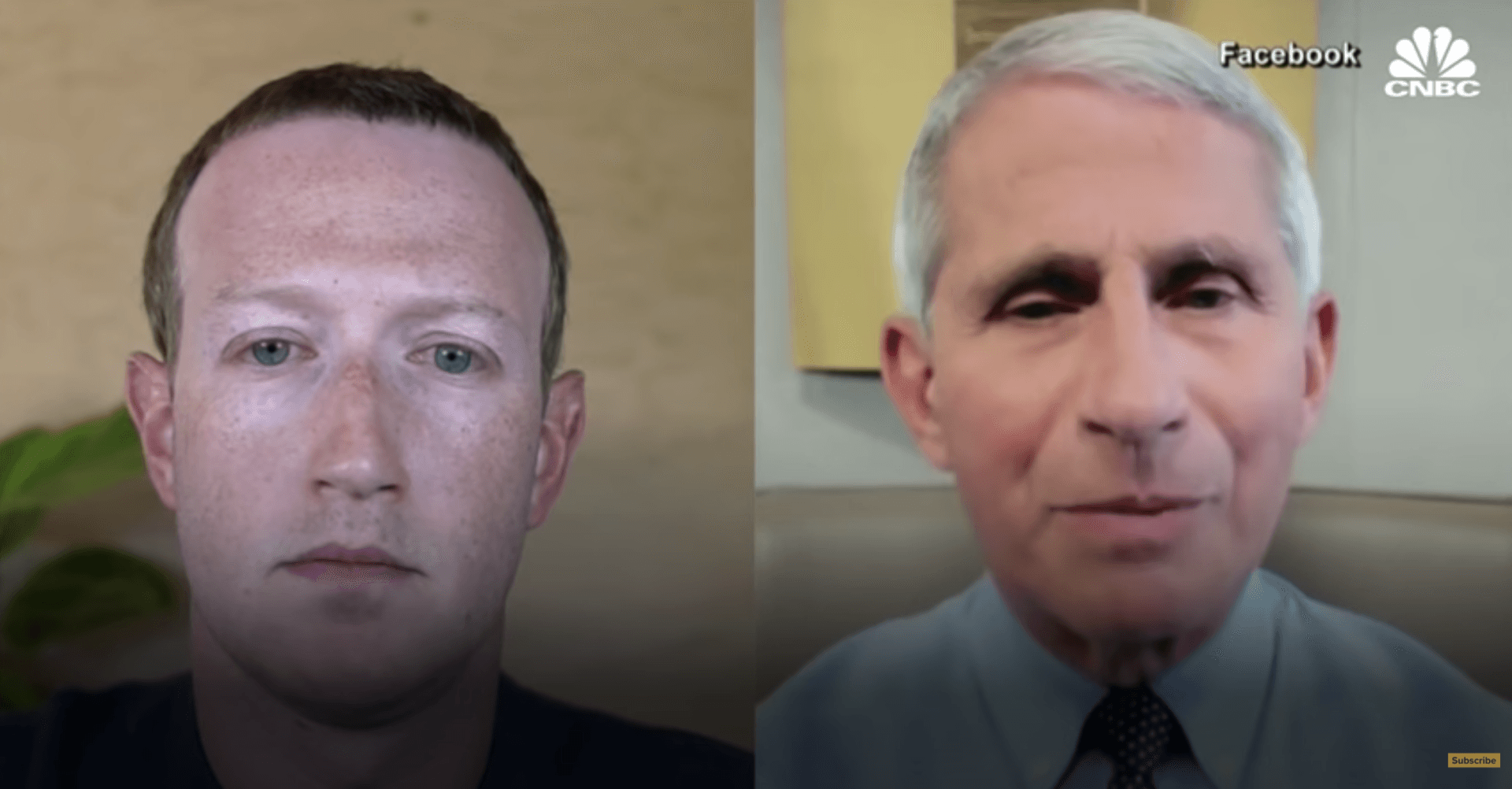Two young U.S. doctors spend their honeymoon helping patients battle COVID-19
Katharine Houreld • April 5, 2020
Two young U.S. doctors spend their honeymoon helping patients battle COVID-19
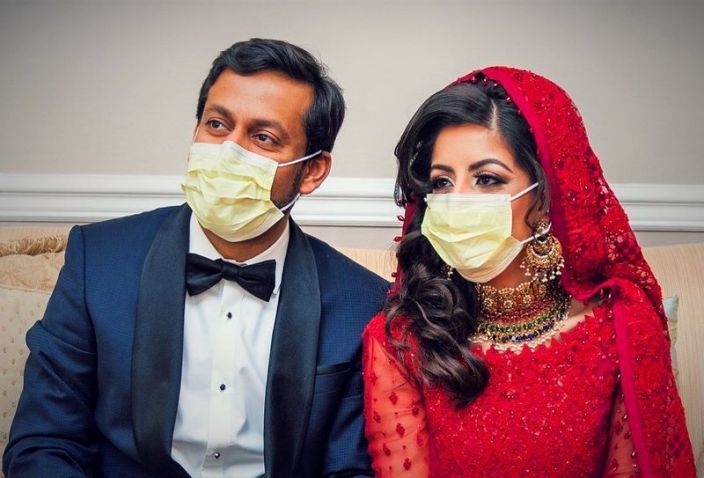
(Reuters) - She'd picked her dress, they'd booked their honeymoon and the wedding was set for the end of March. Then, the coronavirus pandemic hit.
So the two young American doctors, Kashif Chaudhry and Naila Shereen, whose whirlwind courtship spun them between New York City and Cedar Rapids, Iowa, cancelled their big plans.
Two weeks ago, they persuaded the imam at a mosque in Hawthorne, New Jersey, to open up for a quick nikkah marriage contract ceremony. The couple married the following day on Saturday and celebrated with her family at her parents' house in New Windsor, New York. After the ceremony, Shereen dropped her new husband at the airport 12 hours later.
"We said our goodbyes - we were a bit teary and sad," he said. "I gave her a red rose."
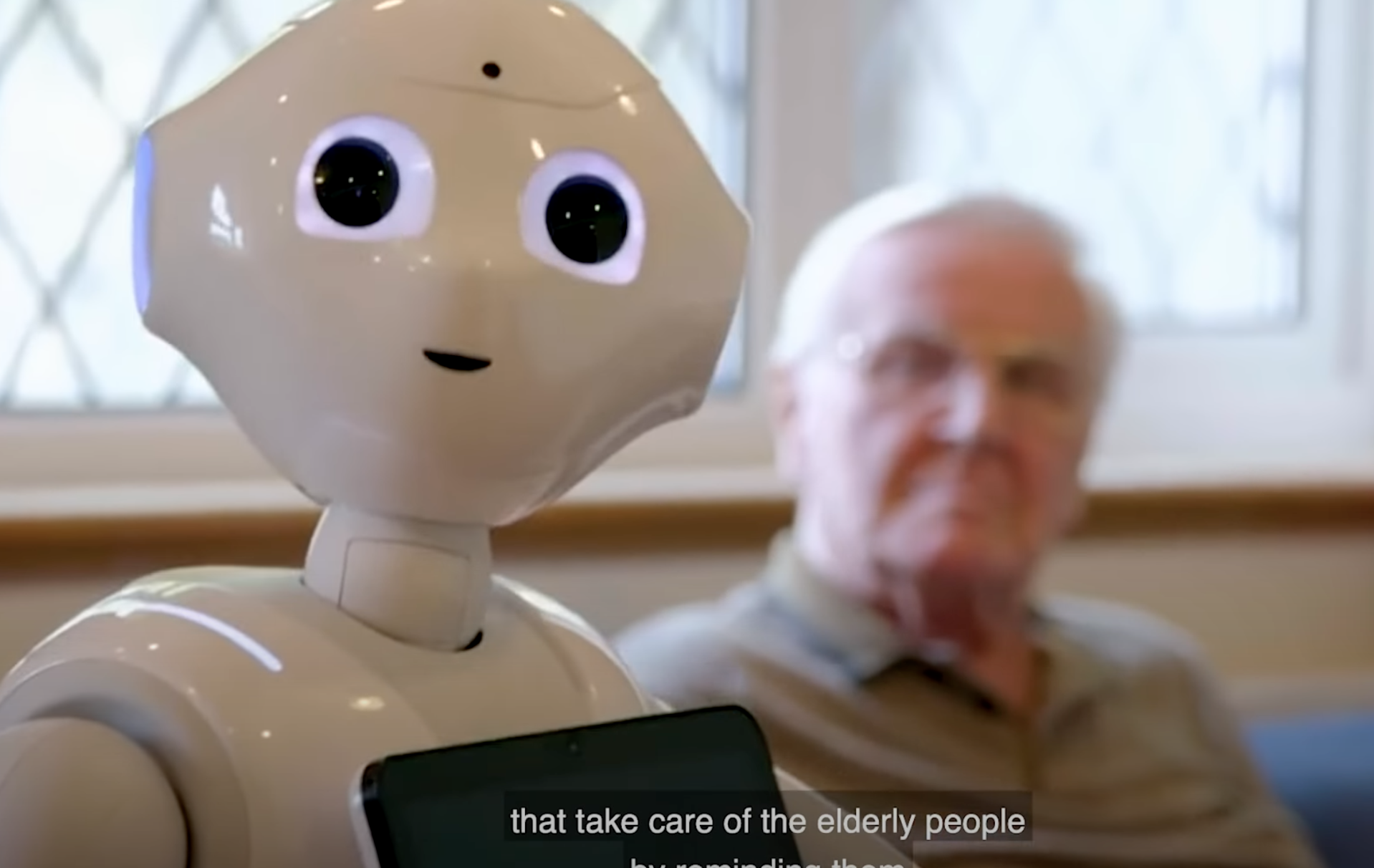
The weakness of the present healthcare system revealed by the Covid-19 crisis, along with the rise in chronic diseases associated with lifestyle changes and a rapidly aging population worldwide will shape the future of healthcare. Next-Generation Research Analyst Dr. Damien Ng took a close look at recent developments in digital healthcare, genomics, and extended longevity.
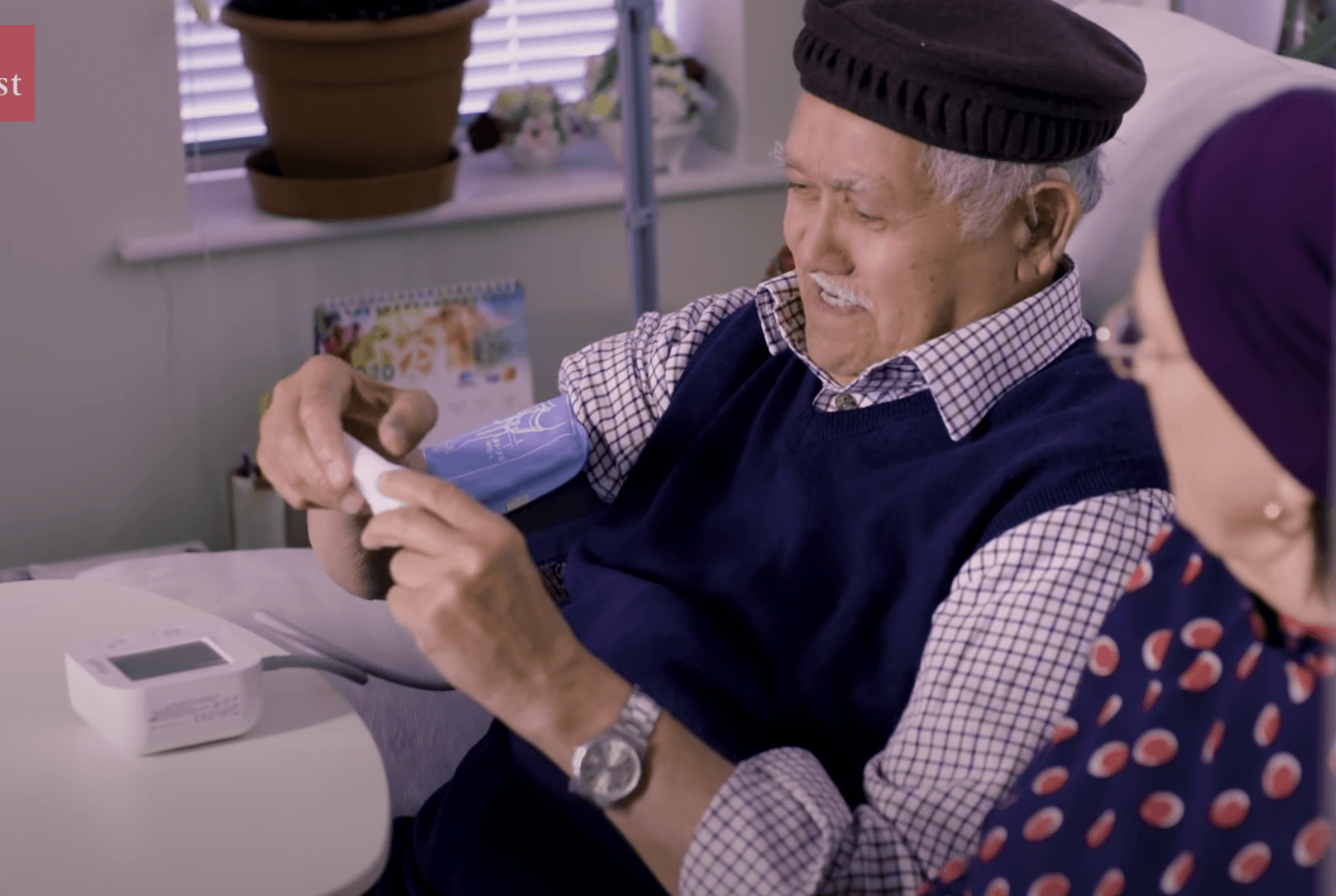
The COVID-19 pandemic has affected many elderly from receiving proper care. It has further highlighted problems faced by the elderly with dementia and chronic diseases
In this video presented by The Economist, watch how COVID-19 pandemic has impacted the elderly and how we can strive to improve the efficiency for elderly and chronic care with the rise of remote patient monitoring technology.
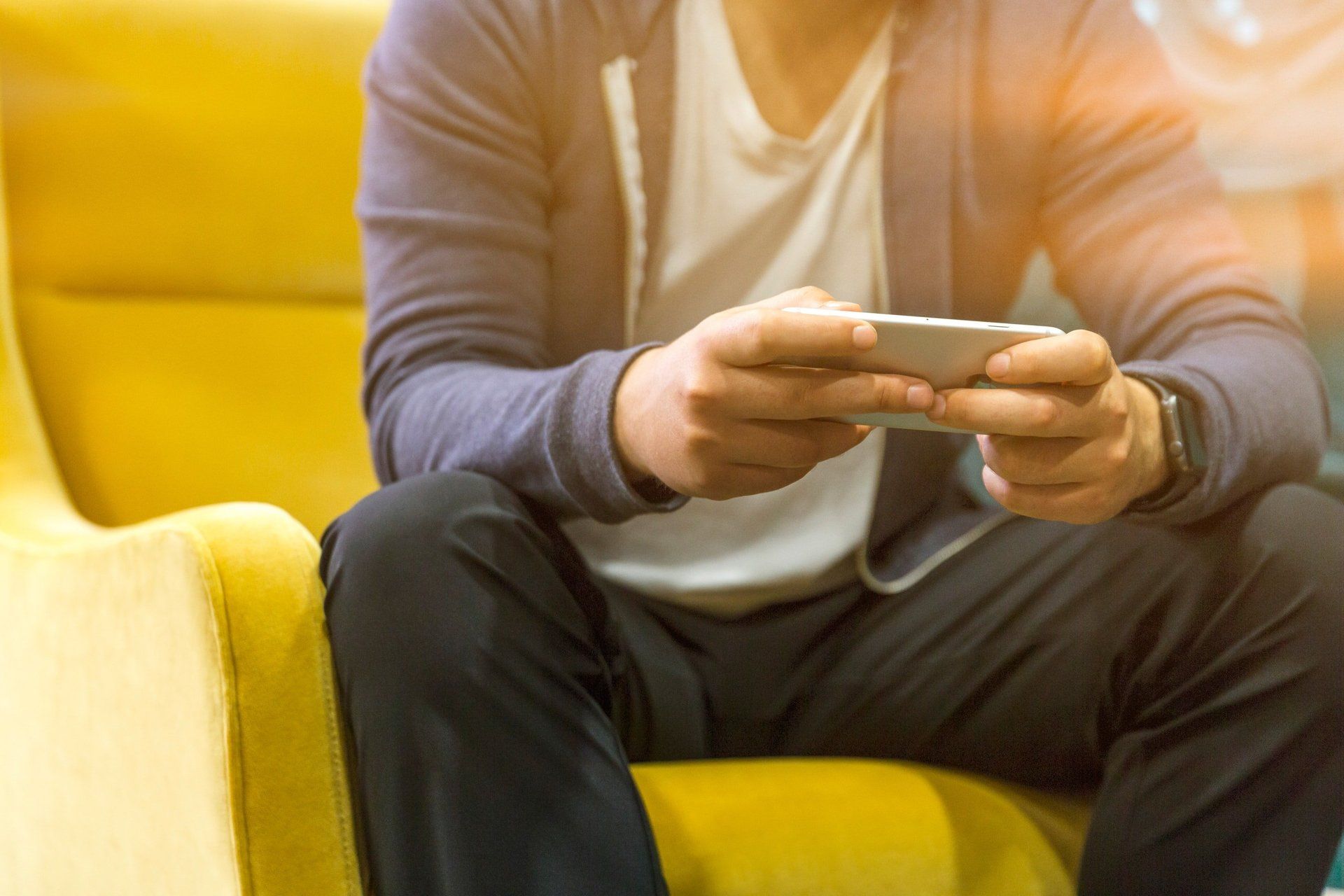
Improvements in technology and changes to insurance reimbursement rulings have helped increase the acceptance of telemedicine. Without it, doctors and therapists wouldn’t be able to connect with patients as easily, especially during the pandemic.
As telemedicine has become widespread, professionals and patients have grown more comfortable connecting virtually. Telemedicine isn’t meant to take the place of face-to-face visits. While it does have some disadvantages, which we’ll get into later, its benefits are undeniable.
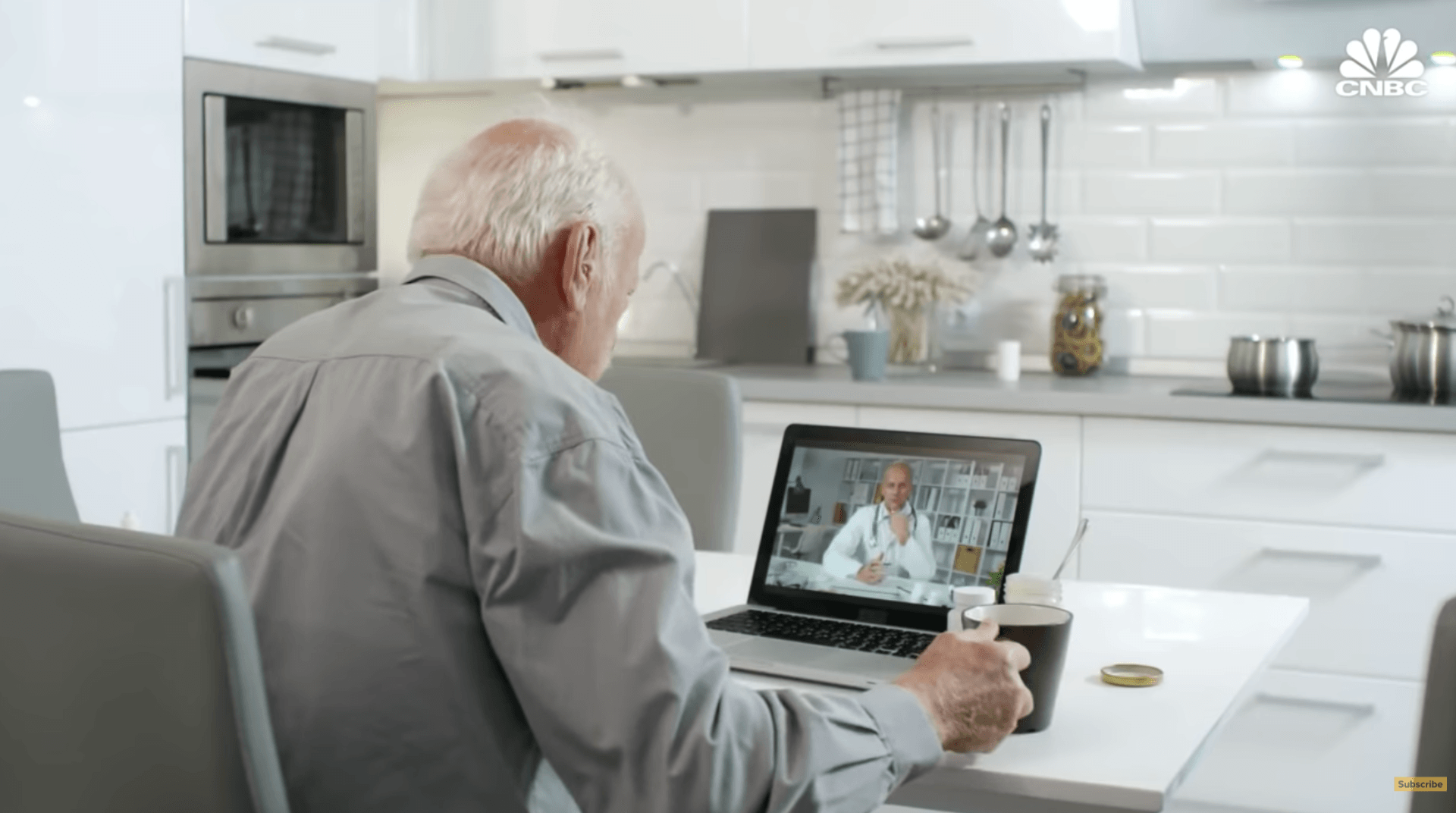
Telemedicine termed a 'silver lining' of the coronavirus pandemic. This time, it might just be true.
Telehealth use surged from 8% of Americans in December to 29% in May as primary care, mental health and specialists turned to remote care out of necessity during the COVID-19 pandemic, according to a UnitedHealth Group report.


